Set aside the breadcrumbs
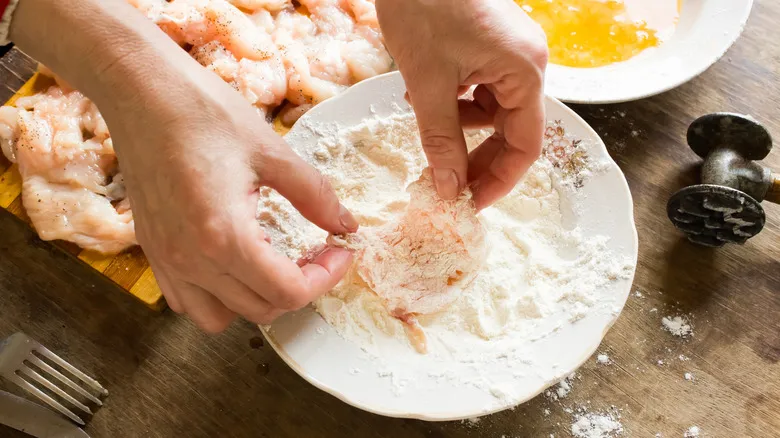
Breaded chicken tends to absorb sauce more readily than its non-breaded counterpart. While it may seem challenging to achieve both a saucy and crispy nugget, making a few adjustments to your coating method can help prevent them from becoming overly soggy. Many homemade chicken nugget recipes suggest using a breadcrumb coating for a delightfully crispy exterior, reminiscent of chicken parmesan or schnitzel. However, this approach may not be ideal if you're trying to minimize moisture. Breadcrumbs are typically used in meat dishes to soak up juices during cooking, which helps keep the food from drying out.
Instead of using breadcrumbs, try coating your chicken nuggets with a thicker batter, similar to that used for fried chicken. Many fast-food chains, including Chick-fil-A, achieve this by thoroughly coating bite-sized pieces in a flour-based batter that may include cornstarch along with all-purpose, wheat, or rice flour. This method helps retain the chicken's juiciness while reducing oil and moisture absorption, as noted in the Journal of the Science of Food and Agriculture. This way, your nuggets can remain crispy even after being fried and sauced, providing a satisfying texture.
A parmesan coating can help preserve crispiness
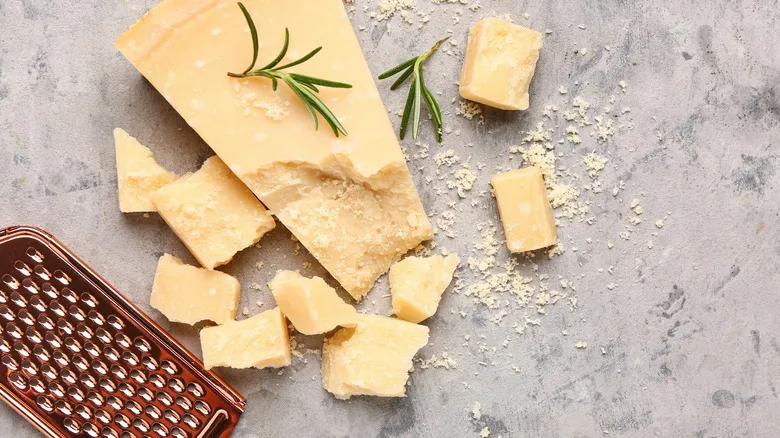
When you think of parmesan and poultry, chicken parmigiana often comes to mind. This flavorful dish is delightful, but it has a reputation for becoming soggy due to the tomato sauce that saturates the breadcrumb coating. While the melted cheese can act as a barrier for a delicate chicken cutlet, another effective method to keep the crispy breading from getting damp is to generously coat the chicken in parmesan before cooking.
For saucy nuggets, incorporating parmesan into the breading mixture while coating the bite-sized pieces can help maintain their crispiness and reduce the likelihood of absorbing excess moisture from the sauce. If you prefer to use breadcrumbs (preferably panko) for your nuggets, increasing the amount of cheese in the mixture can significantly improve the texture when it’s time to add the sauce.
The secret's in the sauce's consistency
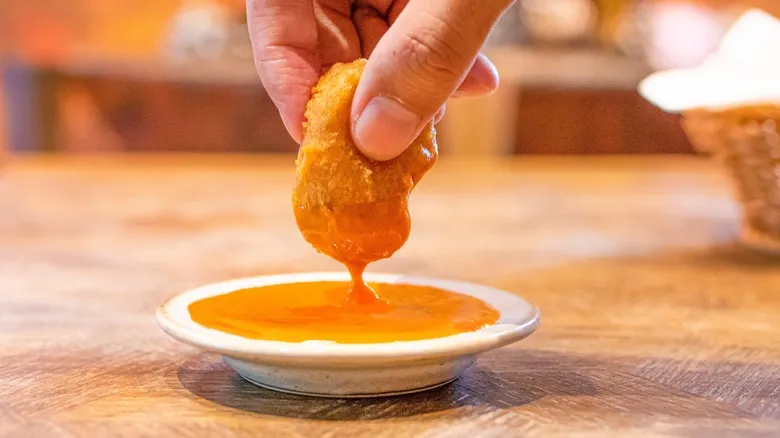
One of the easiest ways to keep your saucy nuggets from becoming overly soggy is to pay attention to the sauce's thickness. Ideally, it should resemble the typical dipping sauces that accompany chicken nuggets or fries. The aim is for a thicker, stickier consistency rather than a watery one. After all, runny ketchup and ranch dressing aren't very appealing. If you're dealing with a slightly thin buffalo or barbecue sauce, you can thicken it easily by simmering it in a saucepan to evaporate some of the excess water or by adding a cornstarch slurry.
Additionally, you can take cues from the sauces offered by fast-food restaurants. For example, Wendy's features saucy nuggets in flavors like Honey BBQ, Garlic Parm, and a spicy ghost pepper sauce—all of which are popular choices for chicken wings as well. When it comes to condiments that may be a bit thinner and harder to thicken, like a garlicky cheese sauce, you can simply adjust the amount you use. For instance, a typical butter-based wing sauce might be somewhat thin, but using a small amount can effectively coat your chicken nuggets.
Toss nuggets in sauce right before serving
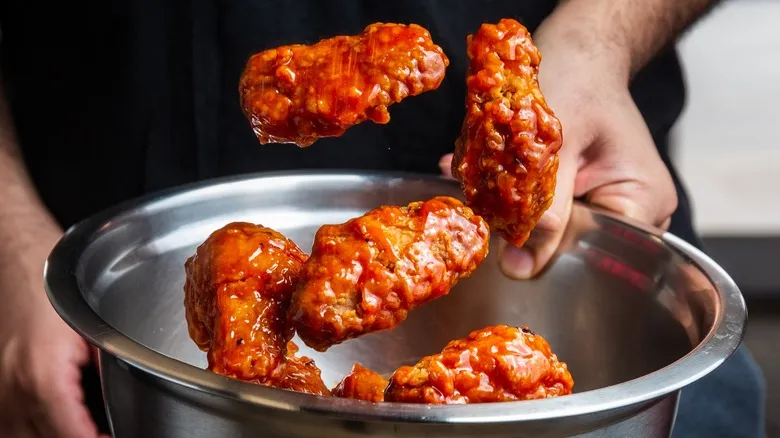
A frequent error that many home cooks make when adding sauce to chicken wings or nuggets is hurrying the process. Whether you're preparing fried food for a gathering or just making a quick dinner, it's beneficial for the texture to wait until it's time to serve before adding the sauce.
To keep your saucy nuggets from becoming soggy, mix them with the sauce in a large bowl just before serving — you could even do this at the table. This approach minimizes the time they have to absorb the liquid, helping them maintain their crispiness. Unsure about how much sauce to use? It's always wise to start with a smaller amount, especially if you're working with a thinner sauce. After all, it's much easier to add more than to try to remove excess sauce from your nuggets.
Avoid pouring sauce directly onto the nuggets
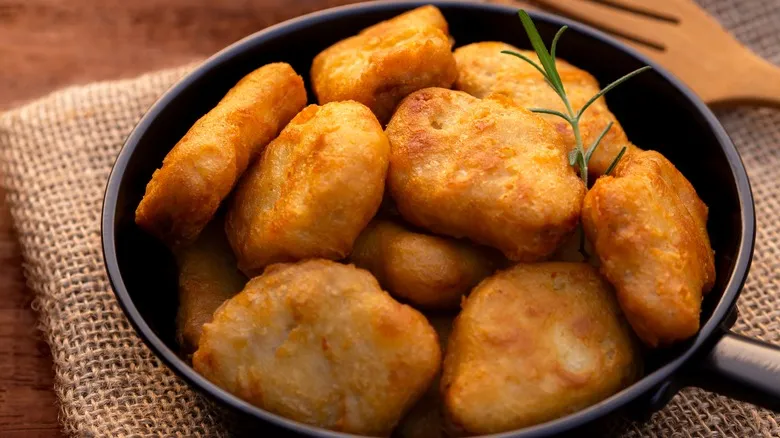
Before McDonald's introduced its Chicken McNuggets in 1981, the company underwent an extensive recipe development process to determine the best way to incorporate poultry into their menu. They enlisted chef Rene Arend, who had previously cooked for Queen Elizabeth II, to lead the effort. As he shared with The New York Times, the creation of the Chicken McNugget took 14 to 16 months, and one of the earlier concepts that didn't make the cut was a fried chicken breast served in sauce, which McDonald's ultimately found impractical.
Nonetheless, this early version of McDonald's iconic chicken nuggets offers valuable insights for making saucy nuggets at home. Instead of drenching your nuggets in sauce, which can result in uneven coverage, consider following a tip from Ina Garten's chicken Marbella (as seen on Facebook). To maintain a crunchy coating, place the chicken on top of the sauce just before serving. This method allows the sauce to gradually soak into the bottom of the nuggets while keeping the tops crispy and preventing sogginess. When you're ready to enjoy, simply flip each piece of chicken for an even coating with every bite, resulting in perfectly saucy nuggets.
Recommended
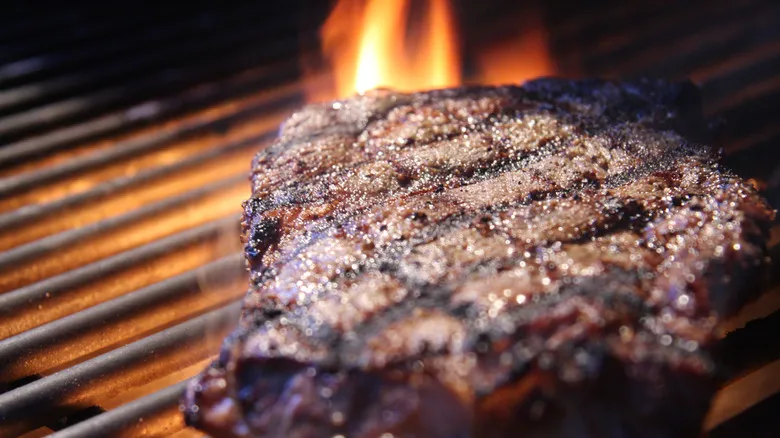
3 Steak Cuts You Should Never Be Marinating
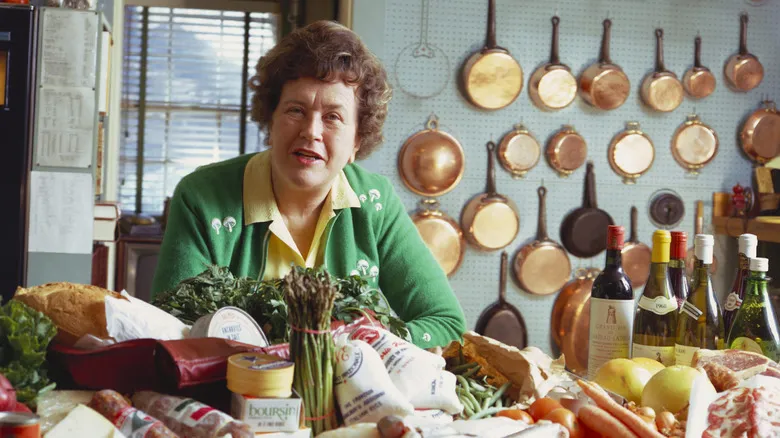
How Julia Child Elevated Her Tuna Salad Sandwiches
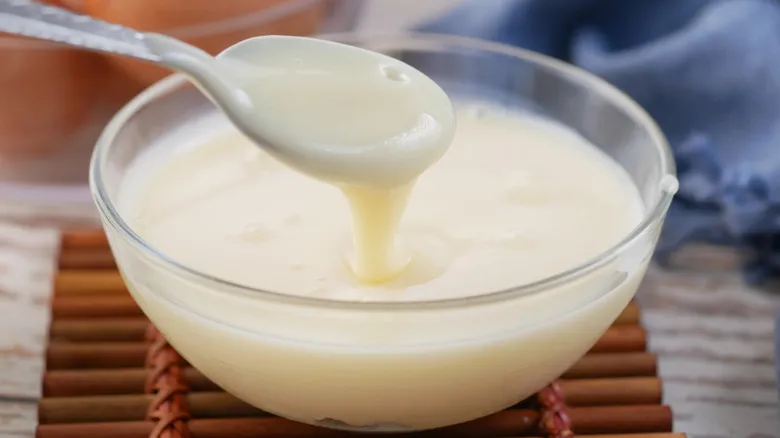
2 Easy Swaps For Sweetened Condensed Milk In A Recipe
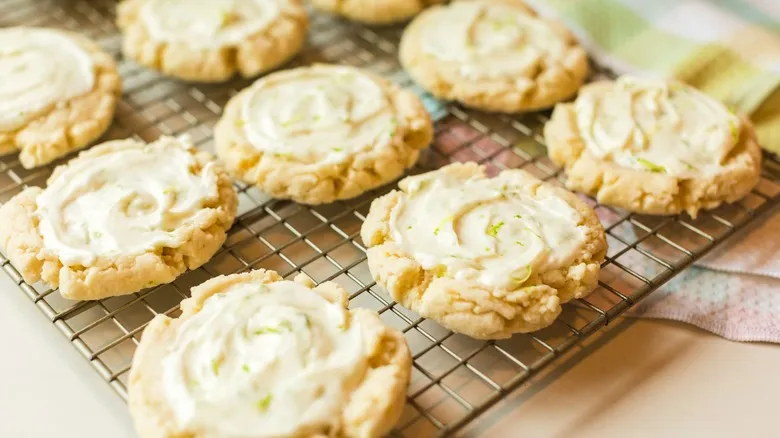
The Simple Swap You Need When Your Cooling Rack Is Out Of Commission
Next up

